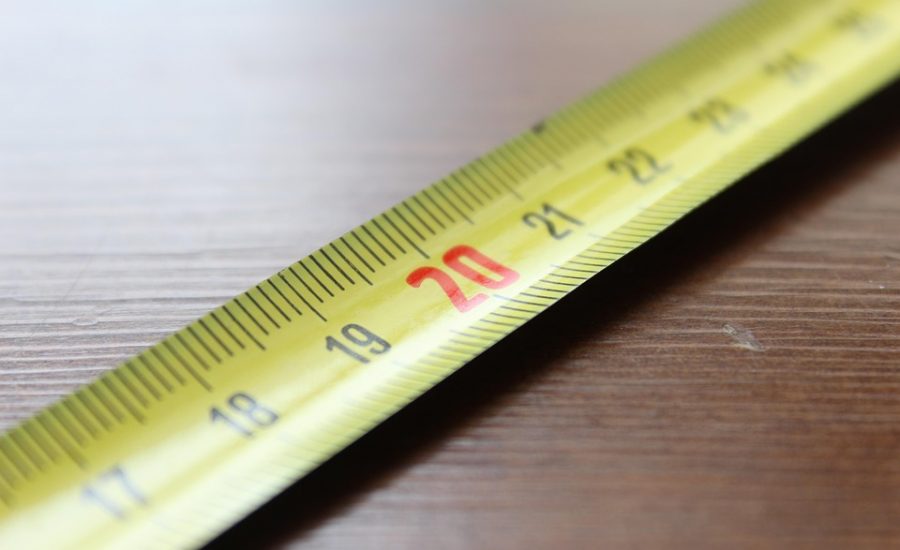In the ever-evolving landscape of health and wellness, one trend has sparked considerable interest: red light therapy (RLT). Promising benefits ranging from improved skin health to weight loss, RLT has garnered both praise and skepticism. But when it comes to fat loss, is red light therapy a miracle or merely a myth? In this article, we explore the science behind RLT, its mechanisms, potential benefits, and how it stacks up against traditional weight loss methods.
Understanding Red Light Therapy
What is Red Light Therapy?
Red light therapy involves exposure to low-level wavelengths of red and near-infrared light. Commonly used in dermatology for skin rejuvenation, it’s gaining traction in the weight loss arena. The therapy is typically administered through specialized LED devices, lasers, or infrared lights.
How Does it Work?
The mechanism behind RLT involves the absorption of light by cells, stimulating various biological processes. Here’s how it works:
- Cellular Energy Production: RLT enhances mitochondrial function, increasing adenosine triphosphate (ATP) production. This leads to better energy utilization within cells.
- Inflammation Reduction: The therapy has anti-inflammatory properties, which can aid in recovery and potentially assist in fat loss.
- Fat Cell Reduction: Some studies suggest that red light can cause fat cells to undergo lipolysis, releasing fatty acids and reducing overall fat deposits.
Is There Scientific Evidence?
Research Findings
Numerous studies have explored the efficacy of red light therapy for fat loss. Here are some key findings:
- Clinical Studies: A 2016 study published in Obesity Research & Clinical Practice found that participants using red light therapy lost an average of 3.5 inches of waist circumference over 12 weeks.
- Fat Reduction: Research in the Journal of Photomedicine and Laser Surgery indicated that RLT could help reduce fat in specific areas of the body.
- Combination with Exercise: Some studies propose that when combined with exercise, red light therapy can enhance fat loss results, amplifying the benefits of physical activity.
Limitations of Current Research
While there is promising evidence, it’s important to note that more comprehensive studies are needed to fully validate these findings. Many studies have small sample sizes and lack long-term follow-ups, making it difficult to draw definitive conclusions.
The Pros and Cons of Red Light Therapy for Fat Loss
Pros
- Non-Invasive: Unlike surgical options, RLT is non-invasive and poses minimal risks.
- Quick Sessions: Treatments typically last 10 to 30 minutes, making it easy to incorporate into a busy schedule.
- Complementary: It can enhance the effects of diet and exercise regimens.
Cons
- Cost: Sessions at specialized clinics can be pricey, and at-home devices range in price with varying effectiveness.
- Limited Research: As mentioned, further research is necessary to confirm the effectiveness for fat loss.
- Not a Miracle: No fat-loss method can replace healthy eating and regular exercise. RLT should be viewed as a supplement, not a replacement.
How to Incorporate Red Light Therapy into Your Fat Loss Journey
If you’re considering red light therapy for fat loss, here are some steps to get you started:
Choose the Right Device
- Research: Look for FDA-approved devices that have been clinically tested.
- LED vs. Laser: Decide whether you want to use an LED device or a laser. LEDs are more common and easier to use at home.
Combine with Healthy Habits
- Diet: Focus on a balanced diet rich in whole foods. Avoid processed foods and high-sugar items.
- Exercise: Incorporate regular physical activity. RLT may enhance your results, but it should complement your existing routine.
Consistency is Key
- Aim for consistent sessions, ideally 3-5 times a week.
- Follow the manufacturer’s guidelines for duration and distance from the device.
Conclusion: Is Red Light Therapy Right for You?
Red light therapy for fat loss presents an interesting avenue worth exploring, particularly as part of a holistic health approach. While it shows promise in aiding weight loss, it’s crucial not to view it as a standalone solution. Like any wellness trend, success will ultimately depend on individual effort, consistency, and a commitment to healthy lifestyle choices.
If you’re contemplating red light therapy, consider consulting a healthcare professional to ensure it’s appropriate for your circumstances. By understanding the science and integrating RLT into a comprehensive health strategy, you may just find that this luminous approach could be a beneficial addition to your fat loss journey.
Keywords: Red light therapy, fat loss, weight loss, RLT benefits, cellular energy, non-invasive fat loss, healthy habits.









 Weight Loss, Unlocked.
Weight Loss, Unlocked.